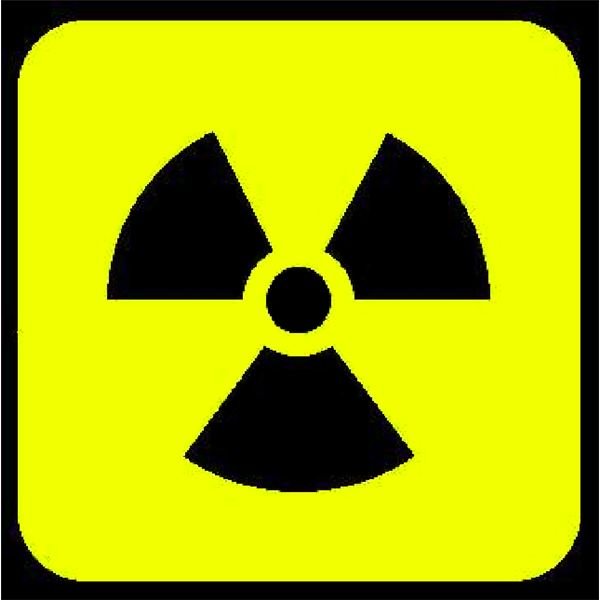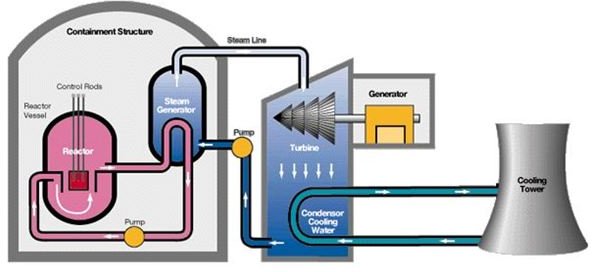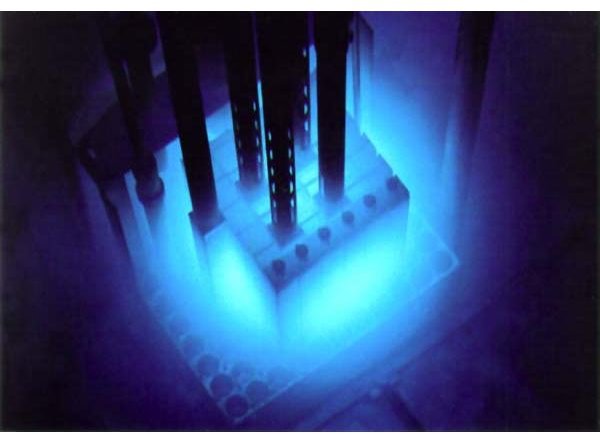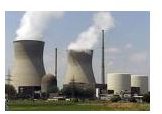Nuclear Energy: The Tao Of Alternative Energy sources. Nuclear Power Plants: Great source of Alternative Energy
When the crisis of an imminent fuel shortage and a disturbing possibility of severe energy shortfall looms ahead, it is time we look at our options. One such wonderful and very much possible option is Nuclear Power. No, it isn’t new or unique since about 75% of France’s power and about 17% of the power consumed in the U.S is generated using nuclear power. These countries have already leveraged this power and it is only a matter of time before most other countries would have to get used to it.
With over 400 nuclear energy sites in the world (100 in the U.S alone) it won’t be very difficult to unleash the power of nuclear energy for industrial and domestic needs. But how is this nuclear energy produced? Is it Safe? What about those things you have heard about nuclear bombs and the scary ramifications?
Nuclear energy comes about from a core element called Uranium which is a rather commonly found element on earth which has been said to have formed while the planet itself took shape. A majority of uranium that makes up our planet is the U-238 and a little bit of the rest is made up by Uranium – 235 (U-235). This Uranium tends to go through stages of alpha and beta decay to form an isotope of lead. However this process is incredibly slow due to the fact that Uranium has an astounding half-life (approximately 5 billion years).
U-235 undergoes nuclear fission – the ability of the atoms to absorb neutrons into its fold without hesitation and hence split into two or more new neutrons, which in turn emit gamma radiation. The ability of the Uranium to do this is fairly remarkable and this is precisely what allows for power production using nuclear plants which use 2-3% enriched Uranium.
In a nuclear power plant, the Uranium is formed into pellets which find their way into long vertically position rods in a bundle. This bundle can be raised on lowered into water under pressure (inside the reactor). The enriched uranium used here must operate on the concept of “Super criticality” – the ability of the Uranium to heat up and melt when left to itself. This bundle of Uranium is the source of heat. When the bundle is lowered into the water and the water heats up, steam is produced which is used to power turbines. The power from these turbines can be siphoned off for civilian energy use.
Although Nuclear reactors produce energy that is almost salubrious to the point of being sterile and it is like a dream come true environmentally speaking, there are still some problems to be ironed out. The fuel leftovers – the by products of the above mentioned process are extremely poisonous and remain so for centuries. There is still no proper way to dispose this off. There tends to be a tremendous amount of risk in case something goes wrong and last but not the least, transporting and distributing this power is a risky business.
Another article titled “Nuclear Power Plants and Geological Faults and Risks” by Ricky, different risks and ways to surmount them have been explained remarkably well.
Problems, however, are surmountable and when that happens, you would just read about the future of energy product and distributions that can single handedly make earth a livable, breathable planet.
Images



